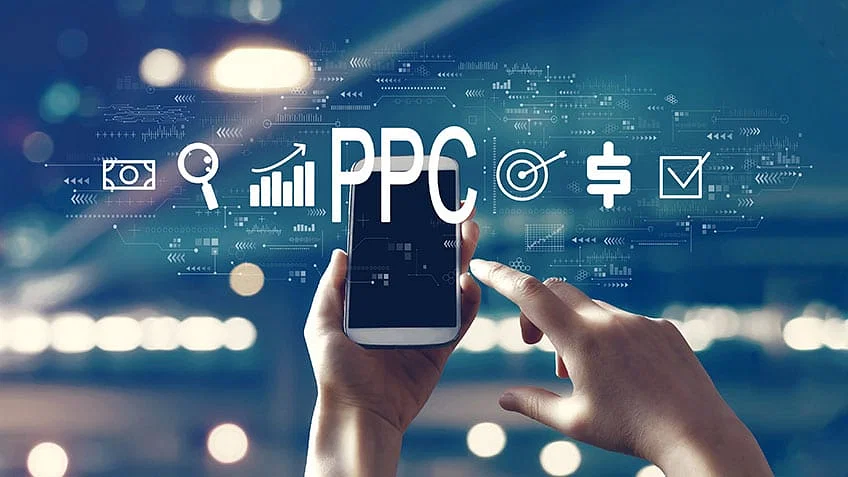For many businesses today, SEO and Pay Per Click (PPC) are both critical tools in their digital marketing strategy, and every online entrepreneur can’t go wrong with either marketing tool. However, there are some situations when one marketing tool could be more effective than the other. Here’s how you can decide which marketing tool is right for finding qualified leads.

SEM And SEO Are Both Effective For Driving Qualified Leads
First of all, both SEM vs SEO are effective for driving high-quality leads to your business website. However, SEM is actually more expensive than SEO because you’re paying for traffic that you don’t know is interested in your product or service.
SEO takes longer to get results than PPC because it’s a long-term strategy that requires patience and consistency over time before seeing any major improvements in rankings on popular search engines’ SERPs (search engine result pages).
SEM may be better suited for driving traffic directly from online searches by using keywords relevant to what people are looking for at that moment in time. However, SEO can help build brand awareness by having pages rank high organically through natural links from other websites.
SEM Is The Most Cost-Effective Way To Drive Traffic To Your Business Website
Paid search ads are a great way to get traffic in a short amount of time, but they don’t build the brand awareness, engagement, and loyalty that SEO does. Both SEM and SEO are effective for driving leads to your website, but if you want more than just one-time visits from people who may or may not become customers, then SEM isn’t going to cut it.
SEO Is A Better Long Term Solution For Building Brand Awareness
SEO is a long-term strategy that builds brand awareness, engagement, and loyalty. In contrast, PPC campaigns are short-term in nature. They can be effective at generating leads for your business but they don’t build trust or loyalty in the same way that SEO does.
With PPC, You Pay Only When Someone Clicks On Your Ad
When you are using PPC, you pay only when someone clicks on your ad. But with SEO, you only pay when someone visits your business site and hopefully buys something from it. With PPC ads, you only pay when someone clicks on your ad; with SEO however, there are no real monetary expenses associated with driving traffic to your site, and you only pay if someone visits it.
So if you’re looking for a quick way to drive qualified leads to your website, then SEM may be the best choice. On the other hand, if you want long-term engagement with potential online business customers or clients then SEO may be better suited for that purpose.

